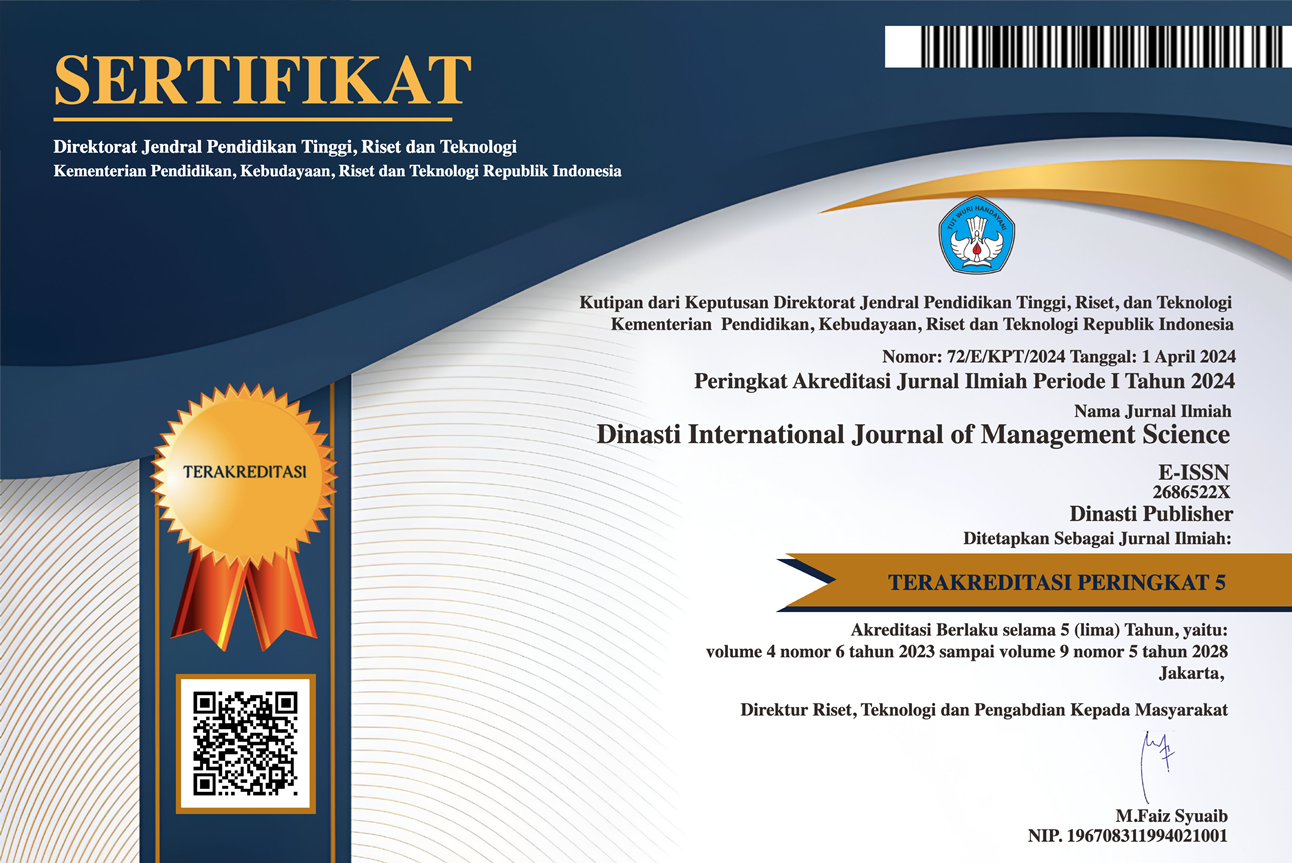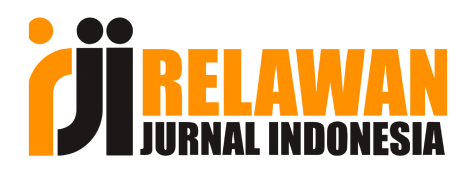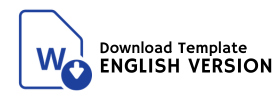Drug Abuse as an Extra-Ordinary Crime: Some Legal and Political Debates
DOI:
https://doi.org/10.38035/dijms.v6i5.4523Keywords:
Narcotics, Drugs, Extra Ordinary CrimeAbstract
As though a double-edged knife, on the one hand, Narcotics can be a panacea for various critical illnesses, but on the other hand, Narcotics can destroy all joints and organs of the human body. Both sides are very much determined by who the narcotics are used for. As one type of Narcotics, Drugs are the type most abused. However, the problems arising from drugs are in fact not only about abuse. Drug abuse is then used as a momentum to form an organized business sector with a structured and systematic sales mechanism. Of course, this is what makes drug abuse categorized as an extraordinary crime that requires extraordinary handling as well. This research will reveal various types of drug abuse as well as national and international efforts and efforts in fighting drug crimes. This research uses qualitative research methods with a literature approach. The data obtained comes from several regulations, such as Law Number 35 of 2009 concerning Narcotics and several other regulations and policies, as well as international cooperation carried out by Indonesia. The results of the study state that Indonesia is currently in a state of drug emergency, so it is necessary to strengthen and innovate government policies to tackle drug crimes that have been committed at this time, as a form of government commitment to eradicating drugs from the base to the upstream of the problem.
References
Amanda, M.P., Humaedi., & Santoso, M.B. (2017). Penyalahgunaan Narkoba Di Kalangan Remaja (Adolescent Substance Abuse). Jurnal Penelitian & PPM. Vol 4, No: 2. Juli.
Eleanora, F.N. (2011). Bahaya Penyalahgunaan Narkoba Serta Usaha Pencegahan Dan Penanggulangannya (Suatu Tinjauan Teoritis). Jurnal Hukum. Vol. XXV. No. 1. April.
Eskasasnanda, I.D.P. (2014). Fenomena Kecanduan Narkotika. Sejarah Dan Budaya, Tahun Kedelapan, Nomor 1, Juni. https://tirto.id/bnn-jumlah-tersangka-dan-barang-sitaan-narkoba-naik-tajam- di-2017-cCmD diakses pada 8 Juni 2018.
https://www.antaranews.com/berita/81155/polri-ungkap-pabrik-shabu-skala besar-di-batam diakses pada 13 Februari 2019.
https://www.liputan6.com/news/read/112327/pabrik-ekstasi-terbesar-di indonesia-digerebek diakses pada 13 Februari 2019.
https://www.rappler.com/indonesia/125975-daftar-pejabat-pemakai-narkoba
diakses pada 13 Feb. 19.
Jainah, Z.O. (2013). Kejahatan Narkoba Sebagai Fenomena Dari
Transnational Organized Crime. Pranata Hukum. Volume 8, No 2 Juli.
Nurhadianto. (2014). Internalisasi Nilai-Nilai Pancasila Dalam Upaya
Membentuk Pelajar Anti Narkoba. Jurnal Pendidikan Ilmu Sosial, Volume
, No. 2, Desember.
Nurhadiyanto, L. (2010). Pola Pencucian Uang Hasil Perdagangan Narkoba
Dan Pembalakan Liar. Jurnal Kriminologi Indonesia. Vol. 6 No.Ii Agustus.
Pamungkas, A.P. (2017). Peran Aseanapol Dalam Pemberantasan
Peredaran Narkoba Di Indonesia. Journal of International Relations, Volume
, Nomor 2.
Perbawa, I Ketut Sukawati Lanang Putra. (2015). Tindak Pidana Pencucian Uang
Dalam Sistem Perbankan Indonesia. Jurnal Advokasi Vol. 5, No.1 Maret.
Saputra, Inggar. (2017). Aktualisasi Nilai Pancasila Sebagai Kunci Mengatasi
Penyalahgunaan Narkoba Di Indonesia. Jurnal Pancasila Dan
Kewarganegaraan, Vol. 2, No. 2, Juli.
Taskarina, Leebarty. (2010) Clandestine Laboratory: Analisis Faktor Pendorong
Berkembangnya Laboratorium Gelap Narkoba Di Indonesia Dalam
Konteks Transnational Organized Crimes (Tnocs). Jurnal Kriminologi
Indonesia. Vol. 6 No. III. Desember.
Wijayanto, Yakobus Jaka. (2014). Strategi Badan Narkotika Nasional (Bnn)
Dalam Mencegah Dan Memberantas Peredaran Narkoba Di Kota
Samarinda. Ejournal Ilmu Pemerintahan. Volume 2, Nomor 2.
Downloads
Published
How to Cite
Issue
Section
License
Copyright (c) 2025 Putra Nova Aryanto

This work is licensed under a Creative Commons Attribution 4.0 International License.
Authors who publish their manuscripts in this journal agree to the following conditions:
- The copyright on each article belongs to the author(s).
- The author acknowledges that the Dinasti International Journal of Management Science (DIJMS) has the right to be the first to publish with a Creative Commons Attribution 4.0 International license (Attribution 4.0 International (CC BY 4.0).
- Authors can submit articles separately, arrange for the non-exclusive distribution of manuscripts that have been published in this journal into other versions (e.g., sent to the author's institutional repository, publication into books, etc.), by acknowledging that the manuscript has been published for the first time in the Dinasti International Journal of Management Science (DIJMS).
















































